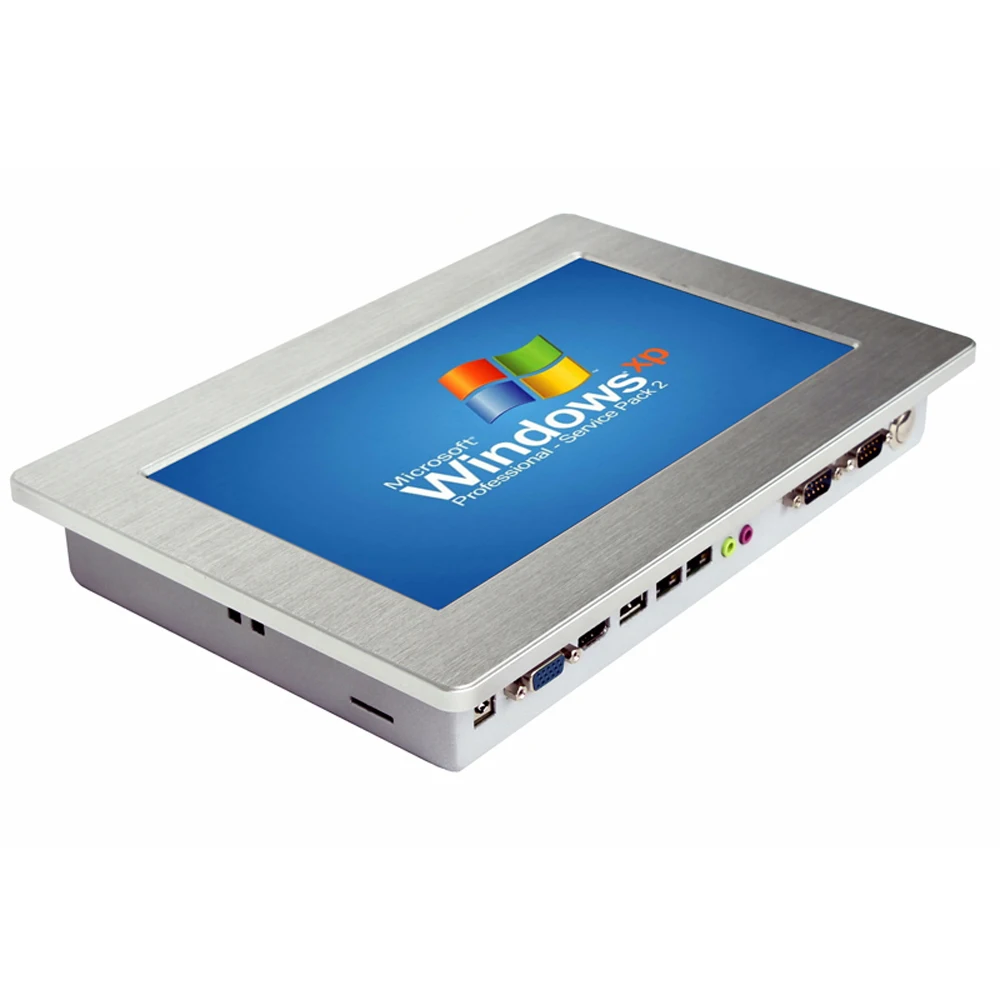

These are 2 single drives - 1TB HDD and 500GB SSD. I have to ensure that the bios is Legacy and only P0 is the 1TB HDD and no other HDD for booting so it will not BSOD on me.Īlso, this is not a RAID configuration. I will also note that if I change the BIOS to make the primary HDD P0 as HDD1 for boot, then make the SSD P1 as second HDD for boot, that it will also BSOD. Also, I have gone into BIOS and ensured it is set to AHCI. Oh - I have to boot off Legacy as UEFI won't even recognize the 1TB HDD.
#Ssd blue screen windows 7 pro#
So, considering it is "Windows 7 Professional" and I have received a "Windows 8.1" disk from Dell, I can't re-install the OS on the SSD, and I can't "repair" the windows 7 Pro on the SSD with the Windows 8.1 disk. They seem to happen most regularly when the SSD is under heaviest use. The blue screens seem to be completely random, there is no specific actions which seem to cause them. It is the same 0x0000001E error as others have had. The first blue screen happened while downloading and installing Windows updates from Microsoft. Swap out the HDD with the SSD and blue screen of death again almost instantly. The SSD showed as an initiated drive to windows and it was plopped in as "Drive E:" after the DVD Drive D: I swapped in the 1TB HDD and put the SSD in as slave/secondary(whatever). Acronis ran with no errors.Īs others have posted about on the net, once the HDD is taken out and the SSD is installed, I get the bluescreen of death almost immediately upon windows boot up (login screen, but if I move fast enough I can get part way into the OS load and windows environment if I'm speedy typing).įrom someone who coincidentally also had a 500GB SSD and an i3847, I saw the recommendation to re-clone. If there are any deleted files - use DiskInternals Partition Recovery and so you will. Prior to this step, you need to create a backup of your files. In order to repair solid-state drives, you need to recreate the file system. File system corruption is a serious problem.
#Ssd blue screen windows 7 software#
Remove recently installed software and hardware. Below are the 5 most SSD failure symptoms, as well as the best solution. Why are you seeing it Your SSD firmware is out of date. If you still can’t fix the Windows stop code MEMORYMANAGEMENT (blue screen MEMORYMANAGEMENT) in Windows 10, you may as well try these solutions. I downloaded the Acronis 2015 HD cloning software provided from Crucial and cloned the C drive to the uninitiaited SSD. Windows Stop Error, commonly known as a Blue Screen error PXE Boot issues where the system fails to startonly when using Legacy PXE Boot During boot, the Intel® NUC says: A bootable device has not been detected.

The extra joy is that the "recovery" / "reinstall" disk provided from Dell is labeled Windows 8.1, not Windows 7 Pro I have a November 2015 build Dell Inspiron i3847 with a 1TB SATA HDD and Windows 7 Professional Native on it.


 0 kommentar(er)
0 kommentar(er)
